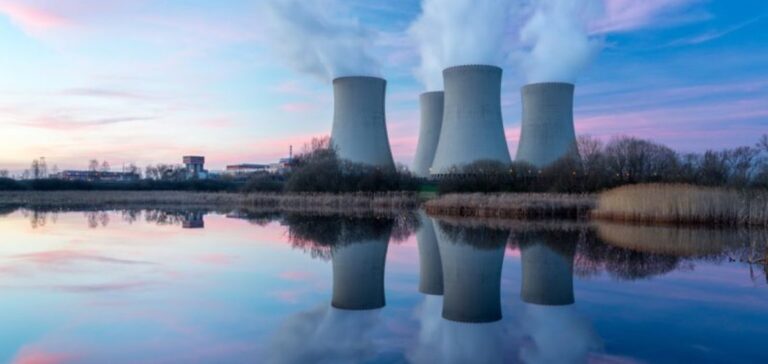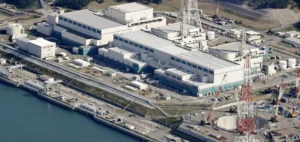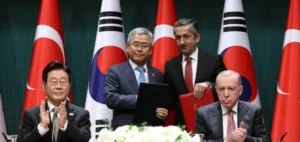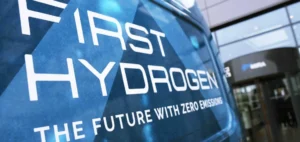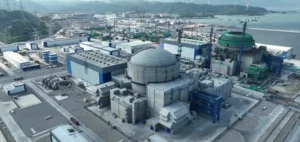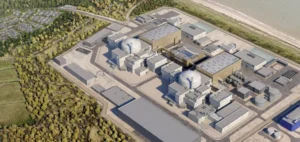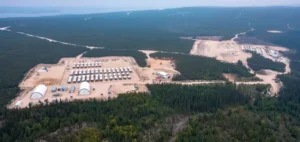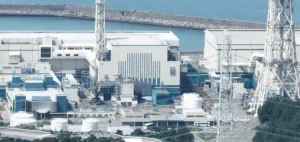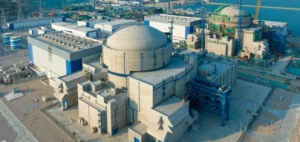X-energy announces completion of the key safety system prototype for the Xe-100 advanced nuclear reactors.
The goal of security
X-energy relies on Paragon to build the RPS safety system for Xe-100 nuclear reactors. The RPS prototype uses Paragon’s highly integrated protection system (HIPS). It marks the first use of a Paragon HIPS on a high temperature gas reactor.
The RPS is a set of independent and redundant instrumentation and control components. They allow the nuclear reactor to shut down automatically and safely. In addition, the system developed here also significantly reduces the risk of cyber-attack.
The completion of this security system is a demonstration of the nuclear technology that X-energy is deploying to the market, as CEO J. Clay Sell points out. He also claims that the security system developed with Parangon is more efficient and secure. It is also less expensive than those used by older nuclear power plants.
The next steps
The delivery of the safety prototype for the Xe-100 nuclear reactors represents a major milestone for X-energy. This will allow the company to move forward with its reactor demonstration program with the Ministry of Energy. The Xe-100 operates as a single 80MWe unit and is optimized for a four-unit 320MWe plant.
The government selected the company to receive up to $1.2 billion in federal funding. These funds will be used to develop, license, build and demonstrate an operational power plant based on the Xe-100 by the end of the decade. In addition, X-energy’s proprietary TRISO-X fuel feeds the reactor.
In addition, X-energy and Ares Acquisition Corporation entered into a definitive combination agreement. Thus, X-energy will become a public company in the second quarter of 2023. Its warrants will be listed on the New York Stock Exchange (NYSE).


